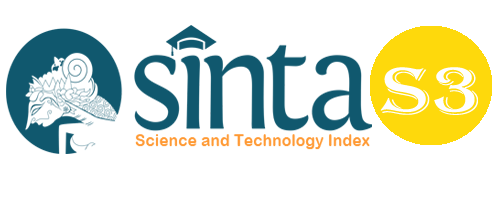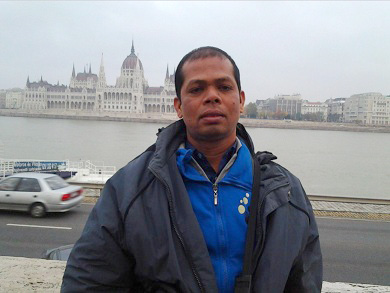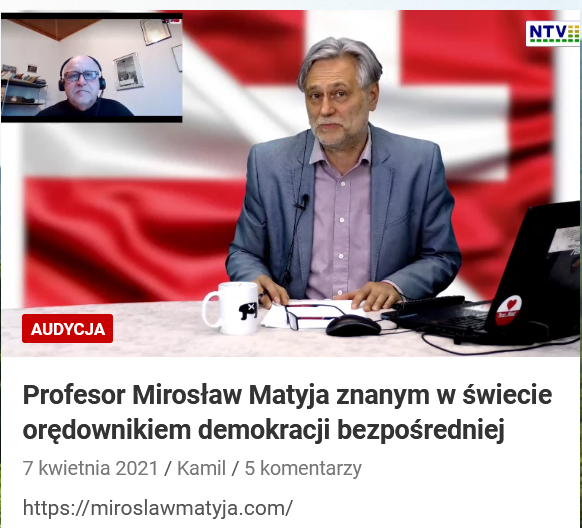Exploration of the Central Figures Character of the Ramayana Story in Balinese Prasi: Overview Based on Iconographic Aspects
Abstract
Exploration of the characters of the Ramayana characters, where the search for the characters of this writing aims to: examine the iconographic aspects of the characters of the key figures of the Ramayana stories, understand the form of the aesthetic expression of the art of Prasi Ramayana. The character iconography of the Ramayana character, Prasi art is in accordance with the classical wayang style of Kamasan style with decorative forms in which Rama, Shinta, Ravana, Hanuman, and Jatayu birds are factually the central figures. These figures play an important role in the Ramayana story. The shapes of animals, buildings, rocks and mountains are made closer to realists using perspective. The existence of the Prasi Ramayana art has the support of the Balinese people, general art activities, especially the Prasi art are closely related to Hindu religious ceremonies and activities with the character of the figures in the context of art and religion in society because they are interrelated.
Keywords
Full Text:
PDFReferences
Acri, Andrea , 2013, ‘Modern Hindu Intellectuals and Ancient Texts: Reforming Śaiva Yoga in Bali’. Bijdragen tot de Taal-, Land- en Volkenkunde 169:1–36.
Atmaja, (2013), Pulau Bali Temuan Yang Menakjubkan, Udayana University Press Denpasar
Bonneff, Marcel (1998), Komik Indonesia, (Translated by Rahayu S.Hidayat, Cetakan I Kepustakaan Populer Gramedia Bekerjasama dengan Forum Jakarta-Paris, Jakarta
Creese, Helen “Ramayana Traditions in Bali” in Andrea Acri, Helen Creese, Arlo Griffiths, From Laṅka Eastwards: The Ramayaṇa in the Literature and Visual Arts of Indonesia. Verhandelingen van het Koninklijk Instituut voot Taal-, Land-en Volkenkunde 257, Leiden KITLV Press, 2011
Delors, J. (2013) ‘The treasure within: Learning to know, learning to do, learning to live together and learning to be. What is the value of that treasure 15 years after its publication?’,International Review of Education, 59(3), pp. 319–330. doi: 10.1007/s11159-013-93508.
Djelantik, A.A.M. (1990), Pengantar Ilmu Estetika: Estetika Instrumental, Sekolah Tinggi Seni Indonesia Denpasar, Denpasar.
Dwiyanto, Djoko et al. (2010), Ensiklopedi Wayang, Media Abadi, Yogyakarta
Gde Rai Oka, I Dewa, (2009), Kebenaran Yang Abadi, Widya Dharma Denpasar
Geertz, Hildred (ed.) (1991), State and Society in Bali: Historical, Textual, and Anthropological Approaches, Leiden: KITLV Press,
Geertz, Clifford, Negara: The Theatre State in Nineteenth-Century Bali. Princeton, New Jersey: Princeton University Press, 1980
Gedong Kirtya, (1975), Pengantar Gedong Kirtya Singaraja, Gedong Kirtya Singaraja Bali.
Ginarsa, I Ketut, (1976), Lee Lin Leow. The Lontar (Palmyra) Palm, Denpasar Bali Serba Guna Press
Ginarsa, I Ketut, 1975, 'The lontar (palmyra) palm.' Review of Indonesian and Malaysian Affairs 9:90-103.
Hinzler, H. (1993), “Balinese palm-leaf manuscripts”. In: Bijdragen tot de Taal-, Land- en Volkenkunde, Manuscripts of Indonesia 149, no: 3, Leiden, 438-473
Holt, Claire. (2000). Melacak Jejak Perkembangan Seni di Indonesia. Translated by R.M.Soedarsono. Arti Line. Bandung
Kats, J (1919) , Het Ramayana op Javaansche tempel reliefs. Batavia-Leiden: G. Kolf. Co.
Keuchel, von Susanne (2016). Arts Education in the Age of Cultural Diversity – A Basis to Gain Cultural Identity in a Risk Society. Artikel-Metadaten Erscheinungsjahr
Panofsky, Erwin, (1955), Meaning In The Visual Art, New York : Doubleday Anchor Books, Double & Company Inc.
Pradoko, A. M. Susilo. (2019). Metode Penelitian Kualitatif Beyond Yogyakarta: Media Akademi.
Suardana, I Wayan ( 2015 ) “Semiotika Guna Mengungkap Objek Kebudayaan Material”. Imaji Vol.13.2015. FBS Universitas Negeri Yogyakarta
Suardana, I Wayan ( 2014). “Implementasi Teoritis Konteks Pendidikan “Bidang Seni Budaya” dengan Kebudayaan Tangible dan Intangible”. Imaji Vol.12 No,1 2014. Jurnal: FBS UNY
Suardana, I Wayan (2014) “The Influen Of Modern Painting On the Advancement of Prasi Art In Bali “ Jurnal Internasional The Journal Of Asean, Vol.1 No.1 January-June 2014, ISSN 2351-0684 Srinakharinwirot University
Suardana, I Wayan (2014) “ Aspek-aspek Ikonografi Penggambaran Tokoh Ramayana Seni Prasi di Desa Sidemen Karangasem Bali” Jurnal Nasional Jurnal PATRA WIDYA Vol.15 No.1 Maret 2014, Balai Pelestarian Nilai Budaya Yogyakarta
Suardana, I Wayan (2010) “Seni Prasi Bali: Kajian Pradigma Fakta Sosial” Jurnal RUPA Vol 9. No 1 September 2010 , ISI Denpasar.
Subramaniam, Kamala, (2006), Ramayana. Translated by I Gede Sanjaya. Pramita Surabaya
Suartha, (1993), Seni Lukis Kontemporer Bertemakan Wayang di Bali, Rupa Wayang Dalam Seni Rupa Kontemporer Indonesia, TinTin, Cv. Phicom, Jakarta.
Sudjarwo, Heru S. et al. (2010), Rupa & Karakter Wayang Purwa, Karisma Putra Utama Jakarta
Suwidja, I Ketut, ( 1979), Mengenal Prasi, Singaraja, Gedong Kirtya, Bali
Tabrani, Primadi,(1993), Bahasa Rupa Wayang Beber Di Tengah Bahasa Rupa Dunia, Pameran Seni Rupa Kontemporer Dalam Rangka Pekan Wayang Indonesia VI
Tabrani, Primadi, ( 1998), “Pencarian Identitas : Aspek Komunikatif Bahasa Rupa Komik Indonesia”, Makalah Seminar dan Pameran Komik Nasional, Dirjen Kebudayaan, Depdikbud
Team Universitas Udayana, (1977/1978), Penanggulangan Pengaruh Negatif Kebudayaan Asing Terhadap Kebudayaan Bali, Proyek Sasana Budaya Bali.
Vickers, A., 1989, Bali: A Paradise Created. Berkeley and Singapore: Periplus Editions
Yudoseputro, Wiyoso, (1986), Pengantar Wawasan Seni Budaya, Depdikbud, Jakarta.
DOI: https://doi.org/10.33258/birci.v5i2.4983
Article Metrics
Abstract view : 52 timesPDF - 30 times
Refbacks
- There are currently no refbacks.

This work is licensed under a Creative Commons Attribution-ShareAlike 4.0 International License.

This work is licensed under a Creative Commons Attribution-ShareAlike 4.0 International License.

_.gif)

















_.gif)



